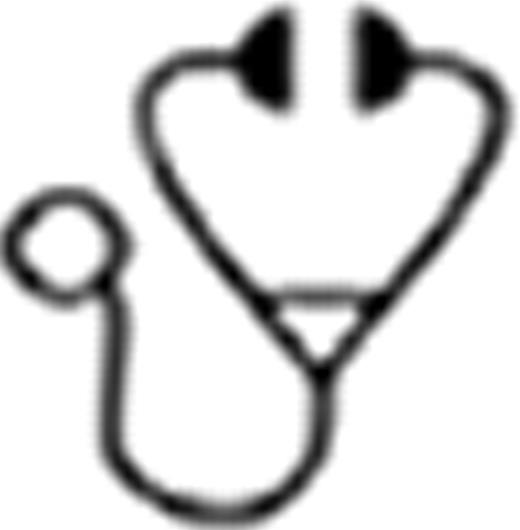Abstract
Abstract  3491
3491
Chronic myeloid monocytic leukemia (CMML) has been associated with a high number of somatic mutations in diverse genes and various mutant genotype combinations were observed. The patterns of marker combinations and prognostic impact of single markers are poorly understood.
Comprehensive analysis of the genetic marker profile in a large CMML cohort and evaluation of potential prognostic implications.
In total, 268 cases with CMML (CMML-1 n=191, CMML-2 n=77) were included. The cohort comprised 186 males and 82 females with a median age of 73.0 yrs (range: 21.9 – 93.3 yrs). In 262 cases cytogenetic data was available: 185 cases (70.6%) had a normal karyotype and 77 (29.4%) showed aberrant karyotypes. Data on mutations were available in all patients for SRSF2, U2AF1, JAK2 V617F, and in subcohorts for: ASXL1 (n=255), CBL (n=267), EZH2 (n=205), KIT D816 (n=263), KRAS (n=260), NRAS (n=266), RUNX1 (n=267), SF3B1 (n=240), and TET2 (n=157). Mutations were analyzed by a combination of amplicon deep-sequencing (Roche 454, Branford, CT), direct Sanger sequencing, real time PCR or melting curve analyses. Analysis for overall survival was restricted to 185 cases with evaluable clinical data (median follow-up: 427 days, median OS: 51%).
In total 633 mutations were detected in 268 patients (median: 2 per patient, range 0–7). In CMML-1 the mean number of mutations was equal to CMML-2 (2.38 vs. 2.55, p=n.s.). In detail, the most frequent mutations were detected in TET2 (61.1%; 96/157), followed by SRSF2 (47.8%; 128/268), ASXL1 (44.7%; 144/255), RUNX1 (22.8%; 61/267), CBL (19.1%; 51/267), NRAS (15.4%; 41/266), KRAS (10.8%; 28/260), EZH2 (9.3%; 19/205), JAK2 (6.7%; 18/268), U2AF1 (5.2%; 14/268), SF3B1 (5.0%; 12/240), and KIT (4.2%; 11/263).
Impact on survival was tested for all 12 gene mutations. A significant difference in overall survival (OS) was observed only for ASXL1 mut vs ASXL1 wt patients (median OS: 19.4 months vs not reached; p=0.003). None of the other gene mutations showed a significant impact on OS. In a next step mutations from the RAS pathway (NRAS, KRAS, CBL) were combined into one group (n=85) and were analyzed in comparison to all others (n=90). However, no impact on OS was detected. Next, patients with at least one mutation in a gene from the splicing machinery (U2AF1, SRSF2, SF3B1) (n=109) were combined and tested vs all other patients (n=57), however, no prognostic relevance was found. In addition, no difference in outcome was observed between CMML-1 and CMML-2 patients. Of note, the adverse impact of ASXL1 mut was restricted to the CMML-2 subcohort (25 mut, 31 wt, median OS: 17.3 months vs n.r.; p=0.001), whereas there was no effect in CMML-1 pts (59 mut and 54 wt). We also evaluated the cytogenetic risk score introduced by Such et al. (Haematologica 2011) and were not able to find differences in survival (neither pairwise between the respective subgroups, nor overall). However, we were able to show prognostic impact of ASXL1 mut within the cytogenetic risk groups suggested by Such: within the favorable subgroup ASXL1 mut patients (n=56) had worse outcome than ASXL1 wt (n=65) (median 19.4 months vs n.r.; p=0.027). This was true also for the adverse subgroup showing a trend to worse outcome for ASXL1 mut vs ASXL1 wt (n=16 vs n=9; median 17.3 months vs n.r.; p=0.057). No difference was seen between the 9 ASXL1 mut and 8 ASXL1 wt patients within the intermediate risk group. In the univariable cox regression analysis taking age, gender, type dysplastic vs proliferative, CMML-1 vs CMML-2, WBC, hemoglobin (Hb), Such score and ASXL1 mut into account, the following parameters were found to be relevant for outcome: age (p=0.001, HR 1.74 per decade), WBC (p=0.044, HR 1.08 per 10×109/L), Hb (p<0.001, HR 0.70, ASXL1 mut (p=0.004, HR 2.38). These parameters entered the multivariable analysis and age (p=0.005, HR: 1.61 per 10 yrs of increase), Hb (p<0.001 HR 0.704) and mutated ASXL1 status (p=0.009, HR 2.30) were independent prognostic parameters for OS.
1) CMML-1 as well as CMML-2 are genetically complex diseases each showing a high number of mutations. 2) One of the most frequently mutated genes in both subgroups is ASXL1. 3) ASXL1 is the only one out of 12 genes which is independently associated with adverse outcome.
Schnittger:MLL Munich Leukemia Laboratory: Equity Ownership. Meggendorfer:MLL Munich Leukemia Laboratory: Employment. Grossmann:MLL Munich Leukemia Laboratory: Employment. Alpermann:MLL Munich Leukemia Laboratory: Employment. Eder:MLL Munich Leukemia Laboratory: Employment. Kohlmann:MLL Munich Leukemia Laboratory: Employment. Kern:MLL Munich Leukemia Laboratory: Equity Ownership. Haferlach:MLL Munich Leukemia Laboratory: Equity Ownership. Haferlach:MLL Munich Leukemia Laboratory: Equity Ownership.
Author notes
Asterisk with author names denotes non-ASH members.

This icon denotes a clinically relevant abstract

This feature is available to Subscribers Only
Sign In or Create an Account Close Modal